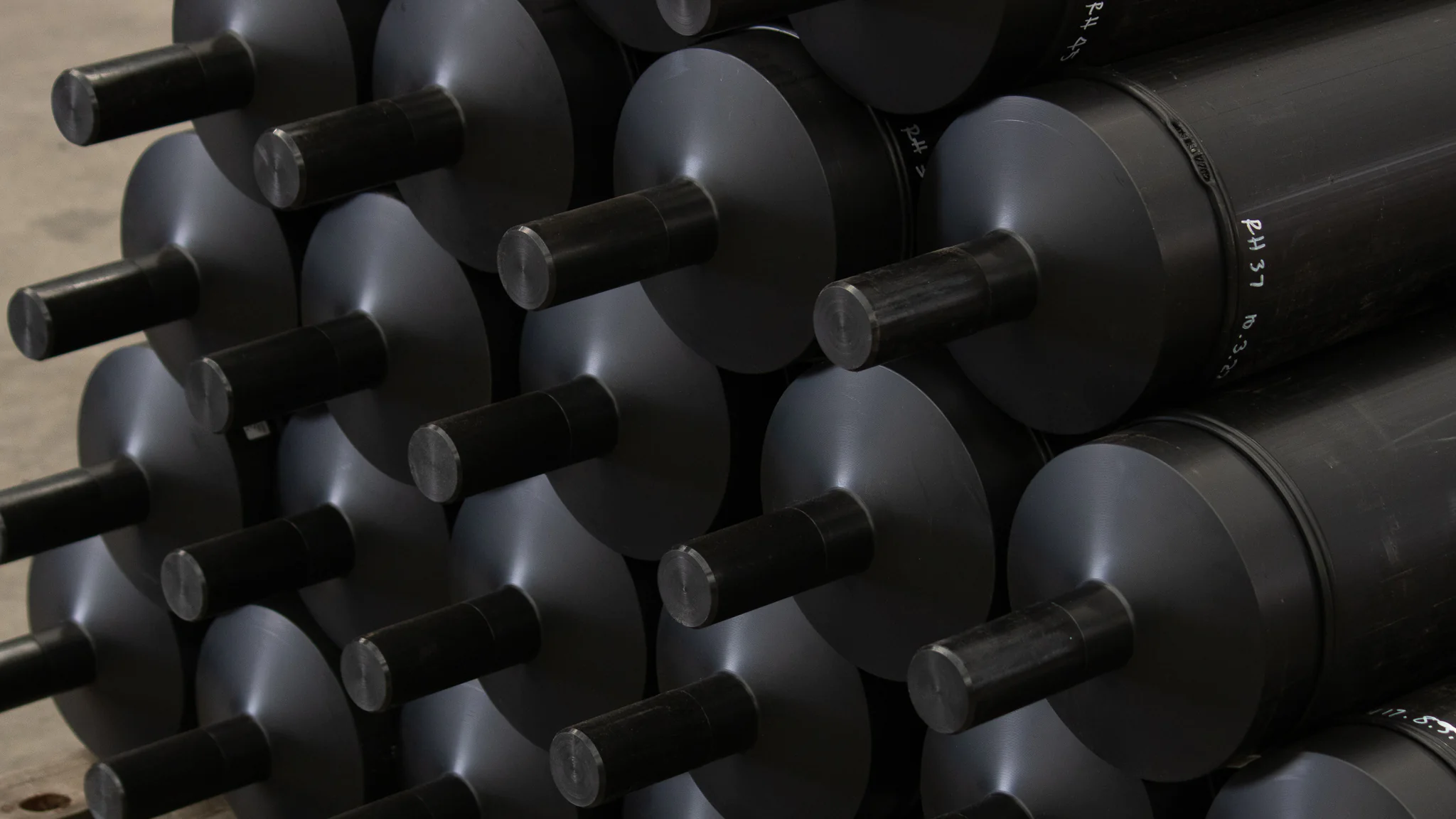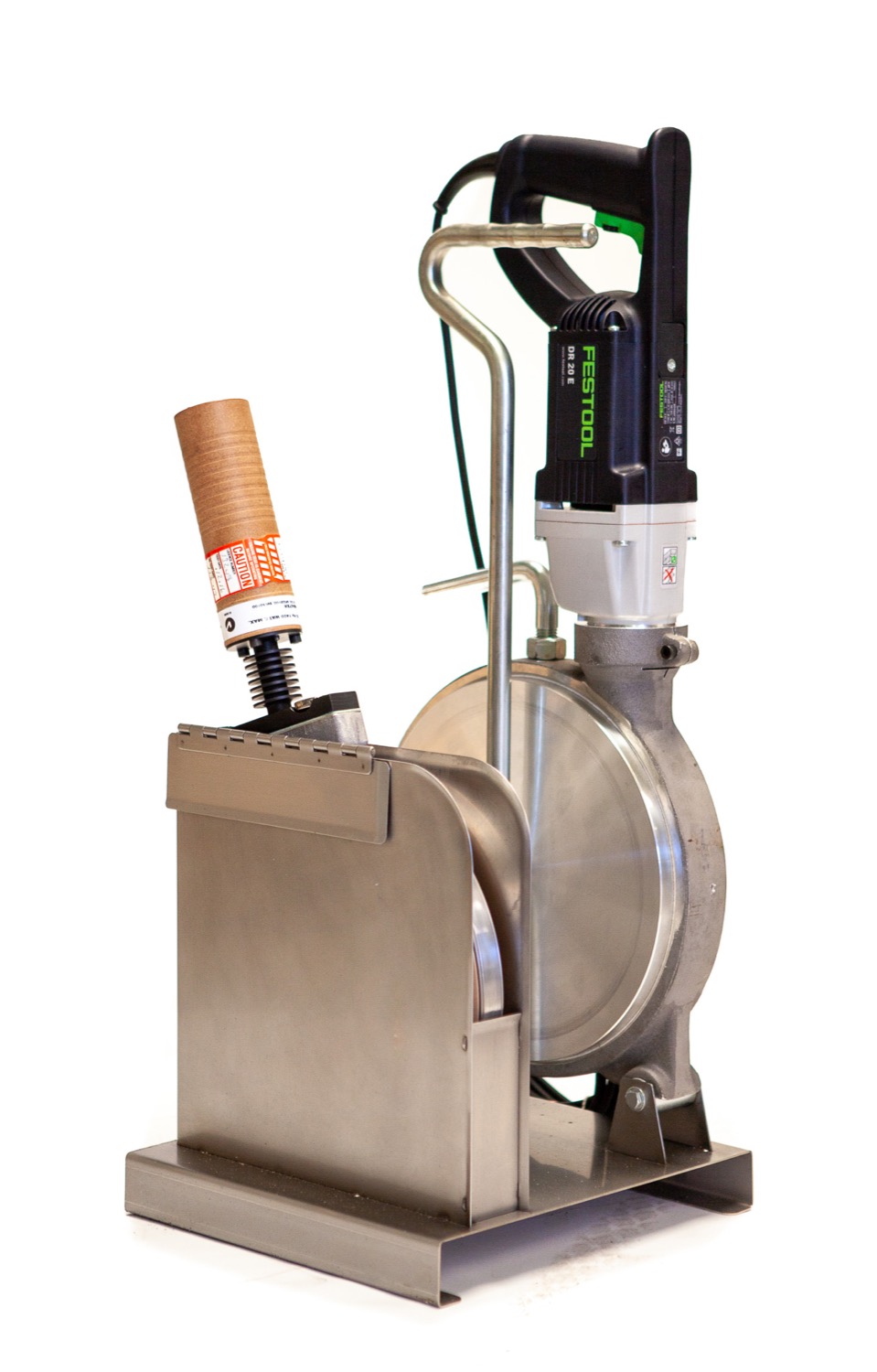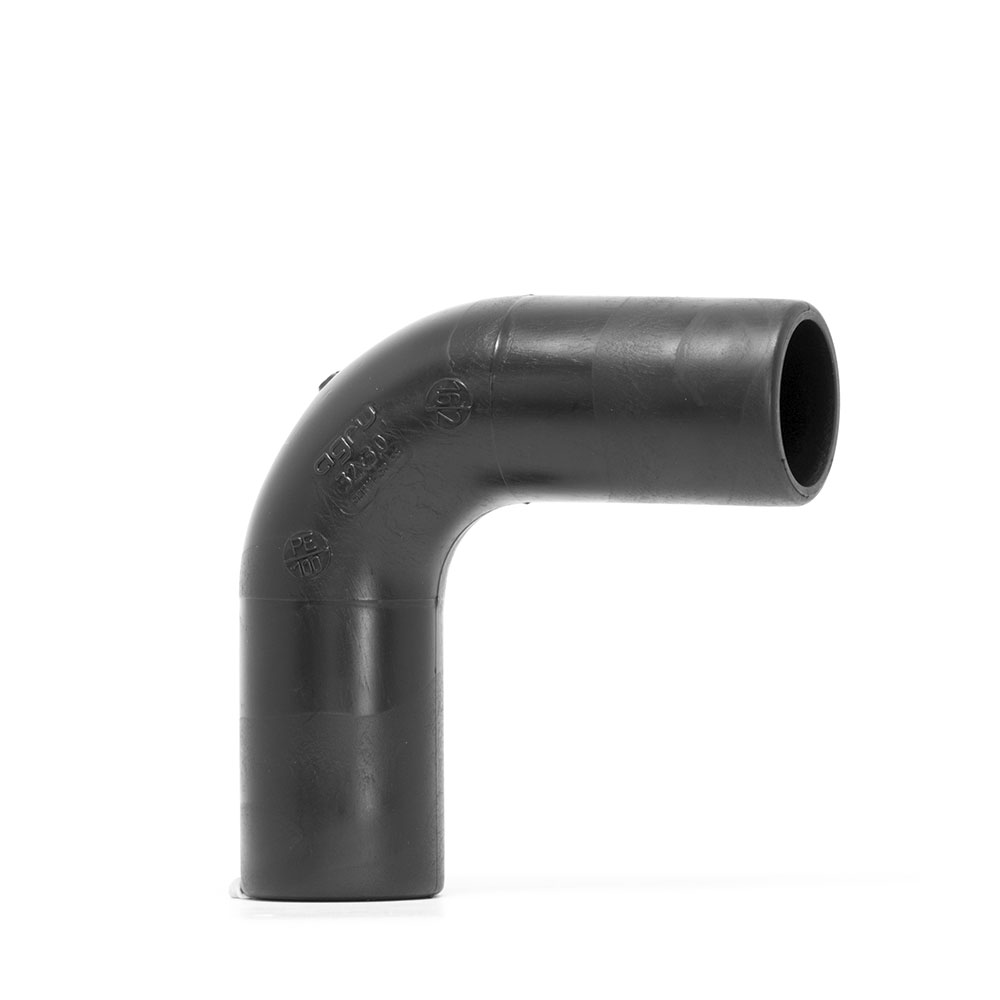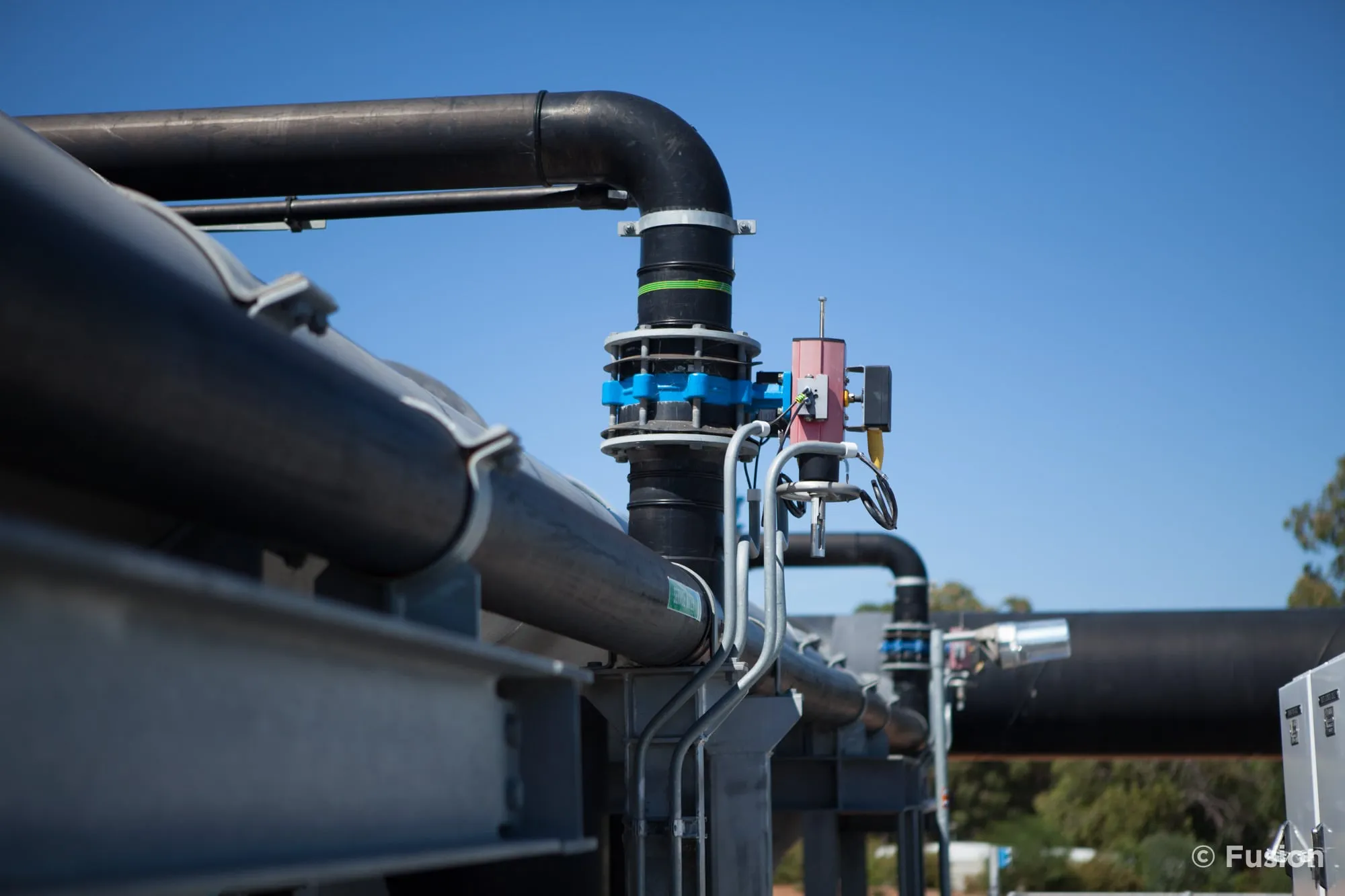
Butt welding involves the fusion of two thermoplastic surfaces by applying heat and pressure. The butt jointing process relies on the thermal properties of plastics, which soften and become malleable under heat without degrading. By heating the surfaces to their melting points and pressing them together, a homogeneous butt joint is formed that is as strong as the base material.
This technique is suitable for a wide range of thermoplastics, including high-density polyethylene (HDPE), polypropylene (PP), polyvinylidene fluoride (PVDF), and others. Its applications span multiple industries, from water supply and gas distribution to chemical processing and construction.
Butt welding has gained significant attention for its simplicity and effectiveness. Industries appreciate its ability to create leak-proof connections, especially in applications where structural integrity and resistance to environmental factors are critical. Additionally, the process can be adapted for various scales of production, from small-scale repairs to large industrial projects.
The equipment required for butt welding varies depending on the type of material and the scale of the operation. Common tools and components include:

Butt welding plastic pipes is a straightforward but precise process. It can be broken down into the following steps (this is a general guide only and is no replacement for accredited training):


Fusion's in-house plastic fabrication team are experts in plastic butt welding. Check out some of our recent work or contact us today for assistance with your next installation project!

While butt welding is predominantly associated with pipes, it is also applicable to plastic sheets. A sheet butt welder is a specialized tool designed for this purpose. The process is similar but adapted for the geometry and requirements of sheet welding.
While this article only provides an introduction to sheet welding, future discussions will explore its intricacies in greater depth.
Fusion Plastics boasts in-house plastic fabrication facilities located on both the east and west coasts of Australia. These facilities are equipped with advanced tools and machinery to handle complex fabrication projects involving HDPE, PP, and other thermoplastics.
In addition to our fabrication facilities, Fusion Plastics offers comprehensive site services staffed by trained professionals skilled in plastic welding techniques, including butt welding.
Fusion's in-house plastic fabrication team are experts in plastic butt welding. Check out some of our recent work or contact us today for assistance with your next installation project!
Regular maintenance of welding equipment and adherence to stringent quality control measures are essential to achieving consistent and reliable results in butt welding. Fusion Plastics' facilities and field teams prioritize these practices to ensure every project meets the highest standards of safety and performance.
Butt welding is an essential technique for joining plastic materials, providing strong, leak-proof, and durable connections. Whether applied to pipes made of HDPE and PP or to plastic sheets using specialized equipment like a sheet butt welder, the welding process is versatile and reliable. By understanding the principles, equipment, and best practices, industries can harness the full potential of butt welding to meet their specific needs. With the added advantage of in-house fabrication and skilled site services, Fusion Plastics provides comprehensive solutions for even the most demanding projects, ensuring quality, reliability, and customer satisfaction.
Fusion's in-house plastic fabrication team are experts in plastic butt welding. Check out some of our recent work or contact us today for assistance with your next installation project!
